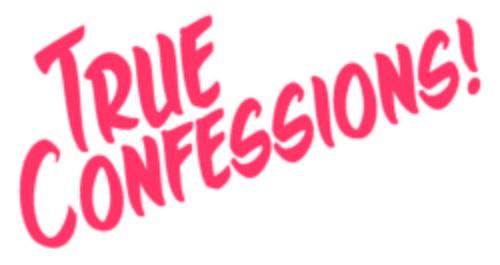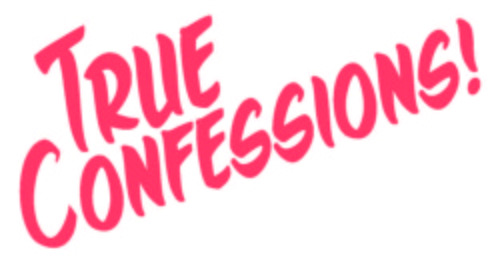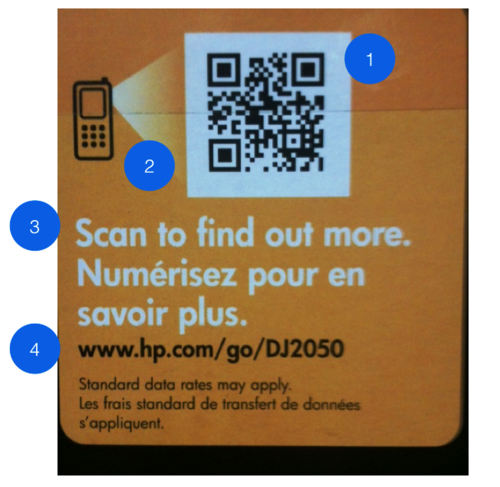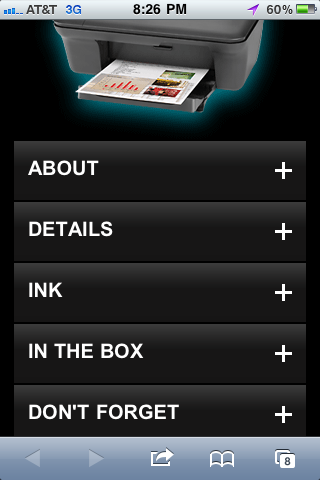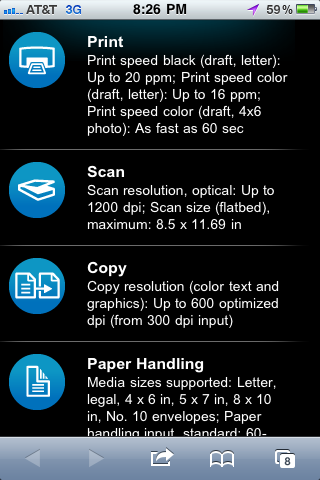Toyota Manufacturer Recalls Open Source Use of QR codes
In what is likely to cause an overwhelming groan among marketers and technologically savvy consumers (and cheers among designers and IT staff ), QR code inventor, Denso Wave has issued a cease and desist order to all users of this open source tool. Invented by the Toyota subsidiary Denso Wave in 1994 to track vehicles during the manufacturing process, this two dimensional bar code has been hailed as the savior of print, marketing budgets, and the ever-dwindling use of online commerce.
Speaking through a translator, Denso Wave President and Chief Executive Officer Mitsuhiko Masegi, expressed regret in taking this unprecedented legal action, stating, “I regret taking this unprecedented legal action.” Masegi went on further to explain, “The QR (Quick Response) code was originally designed to improve productivity for manufacturers. We wanted to offer this tool as a way of helping businesses focus on streamlining their operations. Sadly, however, it seems people use it just to focus on their smartphones.”
Masegi noted increasing trends in the insulting use of variations of the code name itself into everyday pop culture. “The bastardization of this worldwide brand is totally out of control. Last week I read where Prince, who once, as the artist formerly known as Prince had an extremely poor experience using a symbol to convey a message, had re-released his hit single, Let’s Go Qrazy! And even one of my favorite American Country cross-over artists, Lionel Ritchie, has somehow re-created a new smash hit with the late Patsy Cline in a duet titled, Qrazy for You! In my honest opinion, this is just a bunch of Qrap! Uh, I mean crap!”
Masegi commented that most Americans don’t fully appreciate that value of QR Codes. He pointed to a recent study that claimed QR codes were dead in part because only 21.5% of American college students were able to recognize a QR code. Masegi responded, “That’s still higher than the percentage of American college students that can actually read. ‘Nuff said.”
Further evidence of corporate QR code misconduct can be found in names of entities and services providing guidance on this now obsolete code. QReateandTrack, BeQRious, TrakQR are just a few of those domain names that will have to consider their response to this cease and desist action.
Citing what he called egregious usage flaws and borderline usage stupidity, Masegi relayed these most offensive trends he has witnessed –
-
Codes placed along posters and turnstiles in subway stations, where there is no connectivity.
-
Codes placed on billboards located on interstate highways. Many of these are PSA type billboards encouraging drivers NOT to text and drive.
-
Codes tattooed on the lower back of college coeds. So low in fact that you really can’t get a good scan unless they are in beach attire, in a very skimpy bikini.
-
Edible QR codes.
In reference to the last offense, an obviously agitated Masegi noted, “Who in their sane mind would eat a QR code? Even with liberal amounts of good saki, that makes no sense to me.” Masegi offered the photo below as proof of the ongoing insanity.
Ironically, Masegi pointed out that when one scanned the original QR cupcakes above, on what are now popularly referred to as QRupcakes, the end user simply received the message, “Bite Me.”
And apparently, that is what triggered the current legal action.
Happy April 1st, 2012!
QR Code is registered trademark of DENSO WAVE INCORPORATED.

Paul Strack, CustomXM


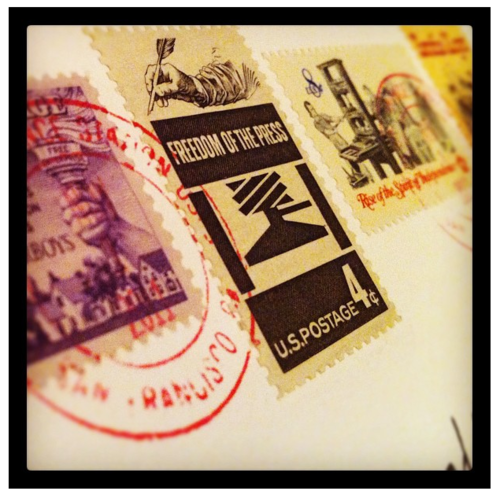
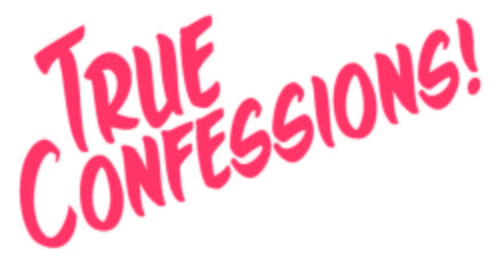 While we always try to have informative and engaging speakers for our quarterly Lunch & Learns, we certainly received a bonus in the local celebrity of
While we always try to have informative and engaging speakers for our quarterly Lunch & Learns, we certainly received a bonus in the local celebrity of 
